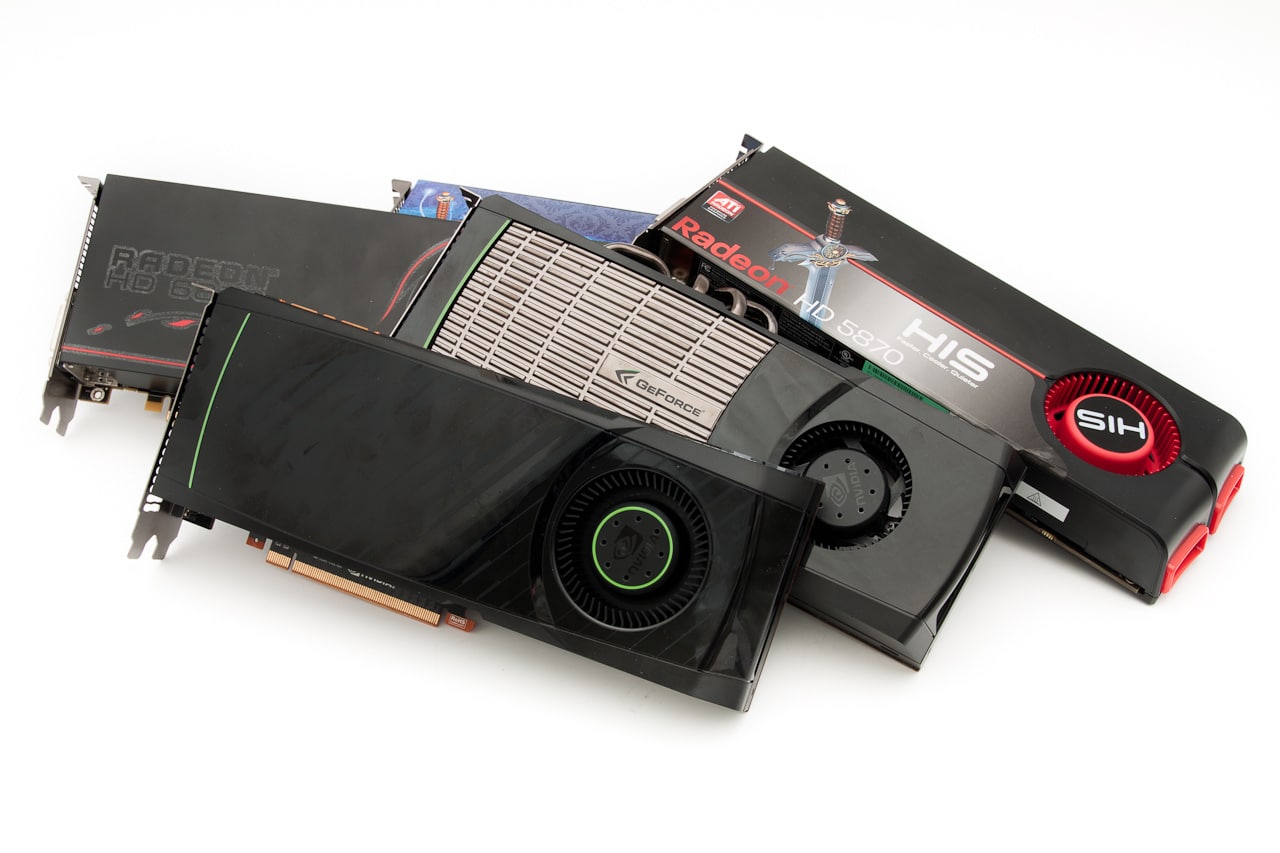When the Geforce GTX 480 was launched in March 2010, it may not have been what everyone wanted. Although the card took the performance crown from the AMD Radeon HD 5870, the margin was smaller than expected and at the price of, among other things, currently sky-high power consumption.
In November of the same year, Nvidia launched a new flagship with the architecture Fermi. This time the result was the Geforce GTX 580, “Fermi done right” in many ways. The GF110 graphics processor used all 512 calculation units, at the same time as the clock frequencies were increased.
The result was 15–20 percent higher performance, in addition to basically the same power consumption and with a quieter reference cooler as icing on the cake. That meant a card that really trumped the AMD Radeon HD 5870, and which also hit the next top model Radeon HD 6970 in terms of performance.
Quick tests, eight years later
To find out how the Geforce GTX 580 is doing today, SweClockers is charging up with three game tests from the regular suite – Battlefield 1, Destiny 2 and Rise of the Tomb Raider. Why these? Simply because the trio represents the titles that give the highest FPS values, in other words the best possible starting point for the birthday child.
First out is Battlefield 1, a title that can be dragged around in high frame rate even on today’s graphics cards. Here the gaps can be seen immediately, where the Geforce GTX 580 does not even reach halfway to the GTX 780 Ti – the jumbo card in the current test suite. 30 FPS may be the ultimate experience according to some, but for Battlefield 1 on PC it undeniably does not feel quite right.
Next in line, Destiny 2. Here, too, it is a result about halfway up to the Geforce GTX 780 Ti, which together with the Radeon R9 290X is last in the regular table. The level is at 35 FPS, which hardly means ultimate conditions in such a fast game.
Rise of the Tomb Raider turns out to be an even bigger challenge. Here, the Geforce GTX 580 only achieves up to about a third of the performance of the Radeon R9 390 on the site above. The average value presented is below 20 FPS – not even the cinematic 24 FPS, in other words difficult to defend.
Geforce GTX 580 with different quality levels
Highest settings in all glory, the challenge is clearly adapted for more modern graphics cards. But, is it possible to start today’s game if the controls are adjusted? We let the Geforce GTX 580 chew through additional quality levels in each game.
Battlefield 1 | Destiny 2 | Tomb Raider | |
|---|---|---|---|
“Ultra” | 30/27 FPS | 35/27 FPS | 19/13 FPS |
High | 35/32 FPS | 43/33 FPS | 34/29 FPS |
Medium | 44/39 FPS | 54/43 FPS | 41/35 FPS |
Low | 75/64 FPS | 72/57 FPS | 50/44 FPS |
Lowest | – | – | 62/52 FPS |
Here it is quickly clear that the settings play a big role – perhaps not the biggest surprise of the day. With the controls for each game lowered to some form of middle mode, all titles will clearly be playable. If the levels are adjusted all the way down to the lowest level, it is about additional frame rate, over 60 FPS on average for the entire trio.
There is still power in the Geforce GTX 580
With numbers in hand, it is clear that Nvidia’s flagship from late 2010 can not compete with newer graphics cards – hardly a surprise for SweClocker members. The model has a hard time pulling around modern games with high levels of detail, and ends up far behind cards that many today consider to be hopelessly outdated.
For those who are prepared to compromise with the controls, however, there are opportunities. At medium levels and lower, the GTX 580 can still deliver enough frames for a clearly approved experience, at least for those sitting with 60 Hz screens. And in the name of honesty, it’s such an old graphics card in the jar, it’s hardly paired with a screen of the latest cut.
More flashbacks from the test lab
Have you been the owner of a Geforce GTX 580? Are you still using the card? Tell us in the comments!















